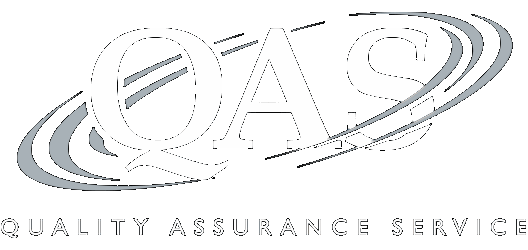Generation-Skipping Transfer Tax Reporting and Planning
Automatic Allocations, Opting-Out, Election Statements, Planning Techniques
Note: CLE credit is not offered on this program
Recording of a 110-minute CPE webinar with Q&A
This webinar will provide hands-on examples of reporting the generating-skipping transfer tax (GSTT) on IRS Forms 706 and 709 for transfers to skip persons and indirect skip persons, such as trusts. Our trust and estate expert will guide trust and estate professionals through automatic allocations, electing inclusion ratios, and specific techniques to minimize overall transfer taxes paid.
Outline
- GSTT: introduction
- Skip persons
- Allocation of exemption
- Automatic allocations
- Opting out of automatic allocations of GSTT
- Inclusion ratios
- Election statements
- Reporting
- Late allocations
- Planning techniques
Benefits
The panel will review these and other critical issues:
- Reporting transfers to trusts on Forms 706, U.S. Estate (and Generation-Skipping Transfer Tax Return) and IRS Form 709, U.S. Gift (and Generation-Skipping Transfer) Tax Return
- When a taxpayer should elect out of the automatic GSTT allocations
- How to prepare election statements for inclusion ratios
- Making late GSTT exemption allocations
- Pre and post-mortem planning techniques for maximum advantage of the GSTT exemption
Faculty

I. Richard Ploss
Counsel
Porzio, Bromberg & Newman
Mr. Ploss is a member of the firm's Trusts and Estates Department. He concentrates his practice primarily on... | Read More
Mr. Ploss is a member of the firm's Trusts and Estates Department. He concentrates his practice primarily on estate planning for high net worth individuals and their businesses, estate administration, probate litigation and fiduciary income taxation in New Jersey and throughout the East Coast. He has extensive experience advising individual clients in the areas of wealth transfer planning and the preparation of estate planning documents. He is a Certified Public Accountant (CPA) in the state of Georgia, a Certified Financial Planner (CFP) and a Professional Registered Trust and Estate Practitioner. He frequently publishes articles and speaks on trust and estate matters and currently serves as an Adjunct Professor, teaching Trusts & Estates at the University of Maine Law School.
CloseAccess Anytime, Anywhere
CPE credit is not available on downloads.
CPE On-Demand
